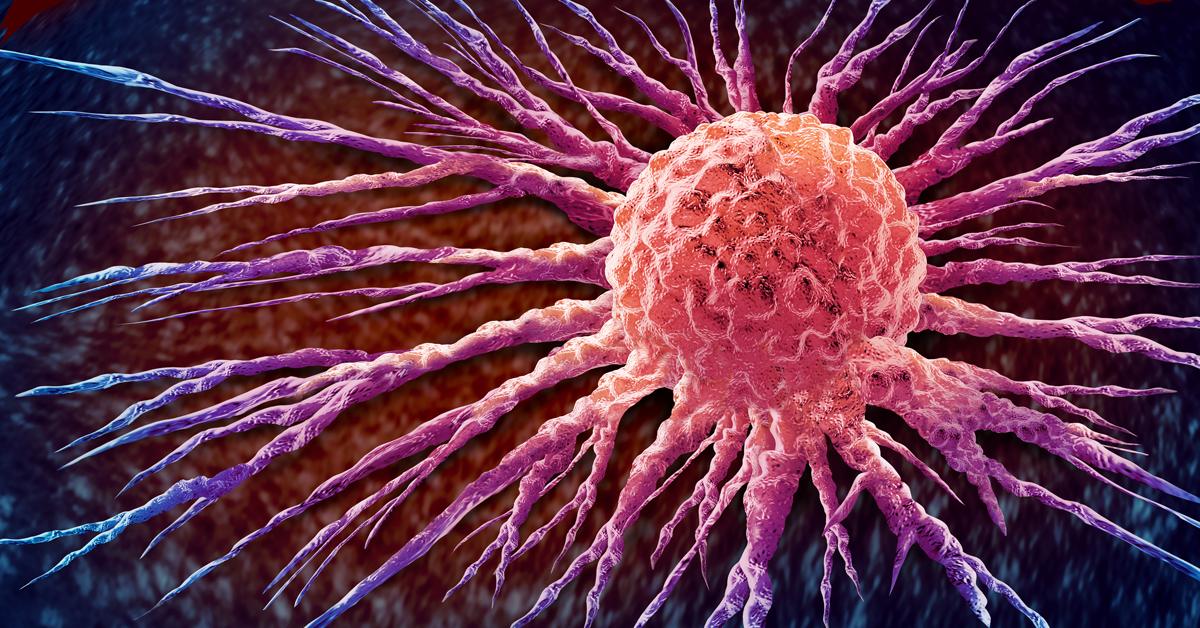Article Content
The emergence of cancer drug resistance remains one of the most pressing problems in cancer care and there is a critical need to devise approaches to mitigate it. However, the molecular mechanisms driving treatment resistance are poorly understood, hindering efforts to devise new treatment strategies which prevent resistance. Now, researchers at the University of California San Diego have found a paradoxical new way in which cancer cells survive and regrow after targeted therapy: by hijacking an enzyme that is typically only switched on during cell death.
“This flips our understanding of cancer cell death on its head,” said senior author Matthew J. Hangauer, Ph.D., assistant professor of dermatology at UC San Diego School of Medicine and Moores Cancer Center member. “Cancer cells which survive initial drug treatment experience sublethal cell death signaling which, instead of killing the cell, actually helps the cancer regrow. If we block this death signaling within these surviving cells, we can potentially stop tumors from relapsing during therapy.”
About one in six deaths worldwide are caused by cancer. Many of these deaths are ultimately attributable to acquired resistance following an initially positive treatment response. Cancer typically develops resistance to treatment through mutations over months to years, similar to how bacteria can evolve resistance to antibiotics over time. These mutations are difficult to treat with limited available drug combinations. However, the newly-discovered mechanism focuses on the earliest stages of resistance, which do not rely on genetic mutations, making it an attractive new target for future treatments.
“Most research on resistance focuses on genetic mutations,” said first author August F. Williams, Ph.D., a postdoctoral fellow in the Hangauer lab at UC San Diego. “Our work shows that non‑genetic regrowth mechanisms can come into play much earlier, and they may be targetable with drugs. This approach could help patients stay in remission longer and reduce the risk of recurrence.”
In the new study, the researchers found:
- In models of melanoma, lung and breast cancers, a subset of “persister” cells that survive treatment displayed chronic, low-level activation of a protein that dismantles DNA as a part of normal cell death, called DNA fragmentation factor B (DFFB).
- This DFFB activation is at a level too low to kill the cells, but high enough to interfere with the cells’ ability to respond to signals suppressing their growth.
- Removing this protein keeps cancer persister cells dormant and prevents their regrowth during drug treatment.
- DFFB is nonessential in normal cells, yet is required for regrowth cancer persister cells, making it a promising target for combination treatments to extend responses to targeted therapy.
The study was published in Nature Cell Biology and funded, in part, by grants from the Department of Defense, the National Institutes of Health and the American Cancer Society. Hangauer is a cofounder, consultant and research funding recipient of BridgeBio subsidiary Ferro Therapeutics.
